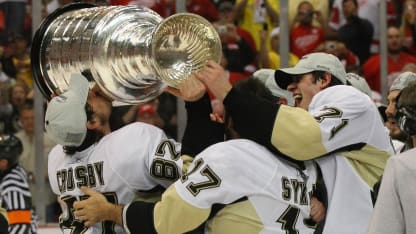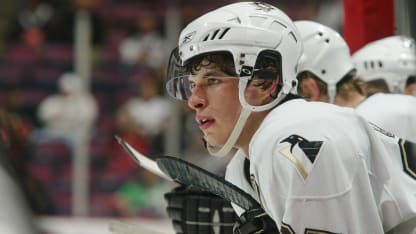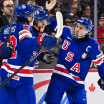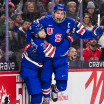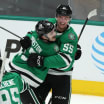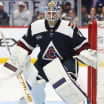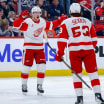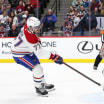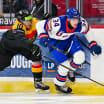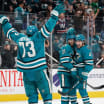There was no doubt in Shero's mind then that Crosby was perfectly prepared for the additional pressure.
"Sidney has done so much for this franchise in his first two seasons, made so much history, that you have to keep reminding yourself that he is only 19 years old," he said. "But Sid's contributions extend far beyond statistics and his incredible achievements on the ice. It's obvious to all of us -- coaches, players, management, staff -- that he has grown into the acknowledged leader of the Pittsburgh Penguins. It is only appropriate that he wears the 'C' as team captain."
Therrien said: "We don't want him to change. We want him to be Sidney Crosby and lead. He's still learning."
If Crosby had arrived in the NHL with tantalizing promise as arguably the most anticipated player of his generation, his second season truly was a revelation. He became the youngest winner of the Art Ross Trophy with his League-leading 120 points (36 goals, 84 assists), finishing six points ahead of San Jose Sharks forward Joe Thornton, who he's facing now in the Stanley Cup Final.
Add to that the Hart Memorial Trophy, given to the player voted most valuable to his team, and the Lester B. Pearson Award (since 2010 known as the Ted Lindsay Award), given to the most outstanding player as voted by members of the NHL Players' Association.
Crosby was a star in the eyes not just of his team and his fans. At age 18, before his first game at Bell Centre against the Montreal Canadiens, referee and fellow Nova Scotia native Don Koharski held up the opening faceoff until a photographer in the penalty box could snap him posing with the phenom.
"We need a photo of the two Nova Scotia legends together," Koharski told Crosby. To which the Penguins center replied playfully, not missing a beat: "Where's the other one?"
Eleven seasons into his remarkable career, Crosby continues to dazzle, his toolbox packed with items that allow him to construct a game as he wishes.
But he is more an artist than a hard hat. On Tuesday, having taken part in a breezy Penguins practice that he easily could have skipped, he sat under his dressing-room nameplate and used both a broad roller and a fine-tipped brush to analyze one game in a Stanley Cup Final that only might have cleared its throat.

